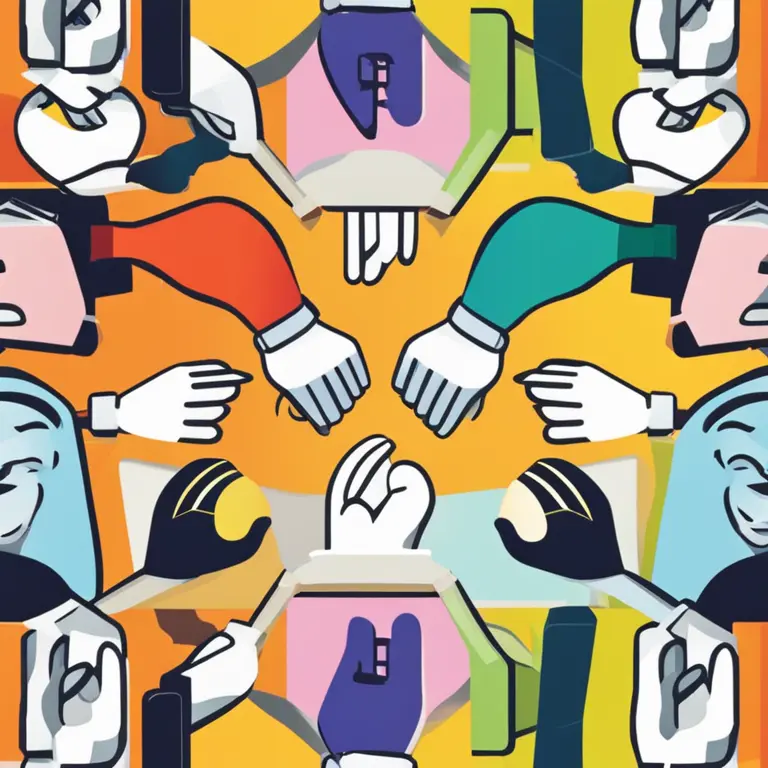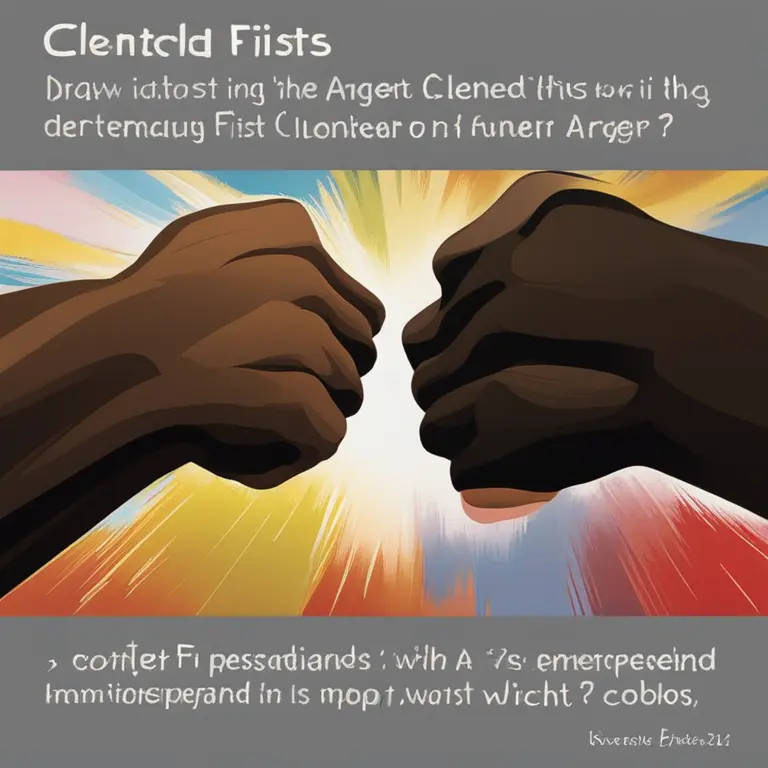
Reading Hand Gestures in Body Language
Explore the insights of non-verbal communication through the subtle art of hand gestures and their meanings in body language.
article by Nora Pennington
The Power of Hands in Communication
The human hand serves as an essential tool in non-verbal communication, transmitting thoughts, intentions, and emotions without the need for words. From a friendly wave to a firm handshake, each gesture carries a weight that complements or contradicts our spoken messages. Understanding the nuances of hand gestures can enhance interpersonal connections and reveal unspoken feelings. This exploration delves into the significant role hands play in expressing ourselves and how to interpret these silent signals in our daily interactions.

Open Palms: A Sign of Sincerity
An open palm is universally recognized as a sign of openness and honesty. When individuals speak with their palms visible, it suggests they have nothing to hide and are offering their true thoughts. Conversely, hidden hands can indicate discomfort, withholding of information, or a barrier between the speaker and the listener. In 2024, this understanding of palm visibility continues to influence trust-building both in personal and professional environments.

Clenched Fists: Indicators of Emotion
A clenched fist can convey a spectrum of strong emotions – from anger and determination to solidarity and support. The context in which a fist is presented greatly affects its interpretation. For instance, a fist raised in the air might signal triumph or defiance, while fists clenched by one's side could suggest restrained frustration. With the growing interest in emotional intelligence, recognizing these cues is vital for empathetic interaction and conflict resolution.

Handshakes: The Professional Touch
The handshake may have evolved, particularly in the wake of global health concerns, but it remains a non-verbal exchange deep-rooted in professional culture. A firm, brief handshake often conveys confidence and respect, while a weak grasp might be perceived as lack of assurance or interest. In our current, hygiene-conscious society, alternative hand gestures such as the elbow bump have also become symbols of professional courtesy.

Hand Stalling: Pauses in Gestures
Hand stalling, such as touching one's face or playing with an object while talking, can suggest various things, including nerves, contemplation, or deceit. This form of body language necessitates careful scrutiny, as it may signal an internal debate or discomfort with the conversation at hand. Our increased reliance on digital communication makes these real-time, in-person cues especially pronounced and telling when we connect face-to-face.
Gestures of Assessment
Stroking one’s chin or tapping a finger against the cheek often indicates a moment of evaluation or judgement. These gestures become especially prevalent in decision-making situations. A studious understanding of such body language cues can grant observers a glimpse into the thought process of the person before them, hinting at a tentative verdict or a moment of critical thinking.
Adaptive Hand Language
As society progresses, so does the interpretation of hand gestures and their perceived meanings. Cultural shifts, generational differences, and technological advancements all contribute to an ever-changing lexicon of body language. What remains constant is the human desire to understand and be understood, making the study of our hands’ expressive power an undying pursuit for connection and clarity.
Published: 1/11/2024
Modified: 1/12/2024
More predictions
Come back here soon to learn more about yourself and your future


Can Palmistry Predict Your Path Incorrectly?
Delving into the accuracy of palm readings, this article examines whether palmistry can lead to incorrect predictions about one's life and destiny.


The Possibility of Palmistry in Cancer Detection
Examining the claims that palmistry holds any potential in identifying the risk of cancer: a deep dive into the world of mysticism and medicine.


Palmistry Basics: How to Read Your Hand's Secrets
Learn the basics of palmistry with this guide on how to read the lines and shapes of your hands to reveal insights about your personality and future.